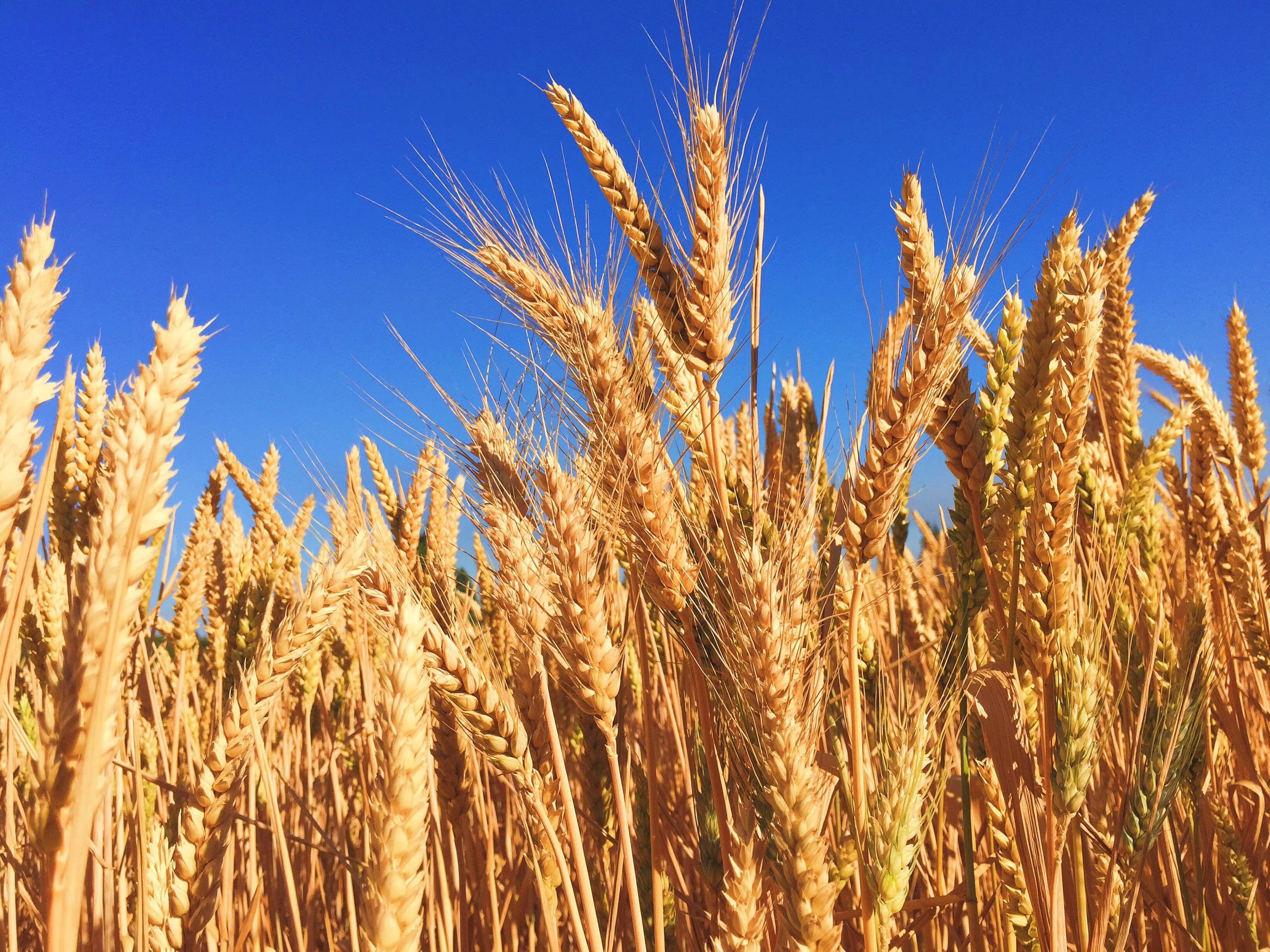
(NDAgConnection.com) – Wheat is a key source of nutrition for people across the globe, providing 20% of calories and protein for 3.4 billion people worldwide. Even if we meet climate mitigation targets and stay under 2°C of warming, climate change is projected to significantly alter the yield and price of wheat in the coming years. Researchers publishing in the journal One Earth predict that wheat yield is likely to increase at high latitudes and decrease in low latitudes, meaning that prices for the grain are likely to change unevenly and increase in much of the Global South, enhancing existing inequalities.
“Most studies primarily focus on how modelling climate change impacts on wheat yields,” says lead author Tianyi Zhang, an agro-meteorologist with the Institute of Atmospheric Physics at the Chinese Academy of Science. “This is indeed important, but crop yields do not provide a holistic vision of food security. In the real world, many countries, especially developing countries, heavily rely on agribusiness.”
The team has developed a new climate-wheat-economic ensemble modeling approach. This improved model system allows the researchers to explicitly look at impacts of both climate mean conditions and extreme events on wheat yields, price and global supply-demand chain. “We know from previous research that extreme events do not necessarily respond in the same way as the mean conditions, and because these extreme events are the most impactful on societies, this is an important step forward,” says co-author Karin van der Wiel, a climate scientist in the Royal Netherlands Meteorological Institute.
The model predicts that yield will increase in high latitude regions–countries like the United States, Russia, and much of northern Europe. In countries like Egypt, India, and Venezuela, however, wheat yields are likely to drop–in some areas by more than 15%. “With this change in yields, the traditional trade position of the wheat market could be deepened, and this may cause the wheat-importing regions located in low latitudes, such as Southern Asia and Northern Africa, to see more frequent and steeper wheat price spikes than wheat exporting countries,” says Zhang.
Not only could these changes mean that countries already facing food security issues pay even more for a pivotal food crop, but wheat prices on the global market could become more volatile and exacerbate existing inequalities. “Trade liberalization policy under 2° warming could stabilize or even increase farmers’ income in wheat-exporting countries but would reduce income for farmers in wheat importing countries,” says Zhang. “This may create new economic inequality between farmers in wheat -exporting and -importing countries.”
Zhang and his team hope that their predictions about wheat prices and volatility will prompt global action. “Helping improve the grain food self-supplies in developing countries is crucial for global food security,” says Zhang. “This is worthy of discussion between countries in future international agricultural collaboration policy.”
